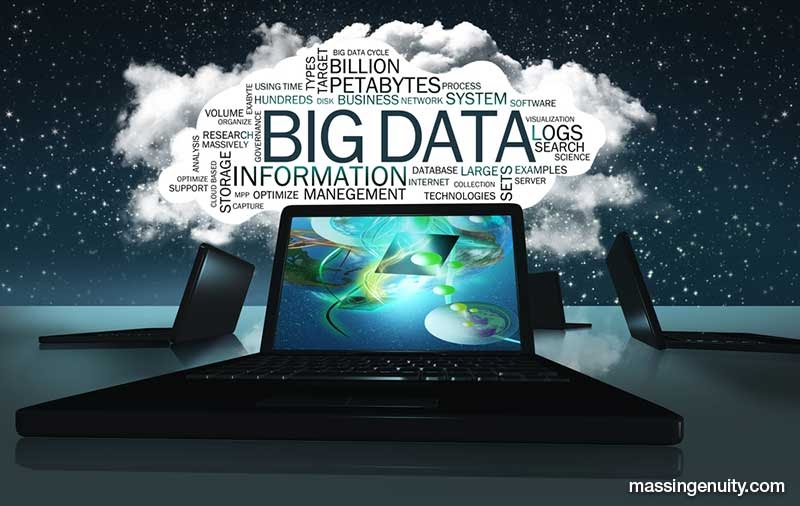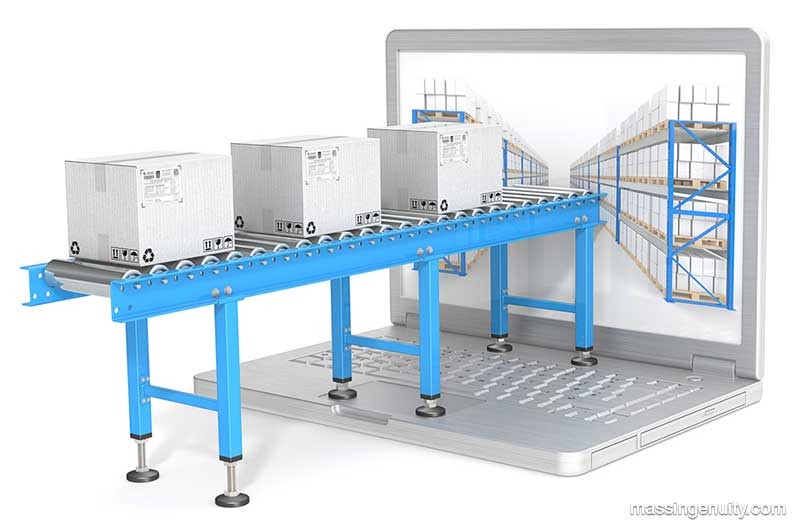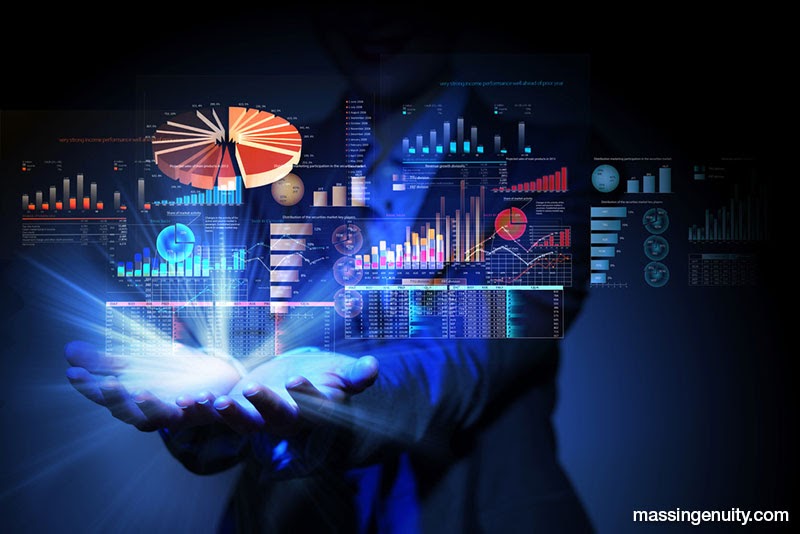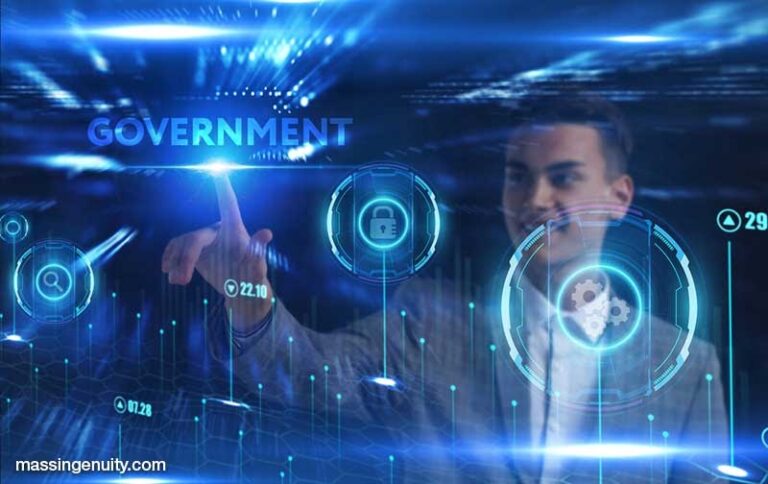As the world continues its massive shift toward digital-first functionality, the government sector is following suit. The massive shifts in how the world operates with data have caused nearly every industry to move toward big data management and analytics – a reality that was once seen as relegated to the tech industry alone.
Data is moving at faster rates than ever before, and the government is continuing to be in the center of a world struggling between data use and data protection. For governments, knowing how to manage and utilize that information is key to efficiency and trust. As a government entity, operating with private-sector innovation while ensuring that you meet the needs of constituents is a balancing act that data can help – or hurt.
In this article, we will take a closer look at the major trends in data use that will impact government agencies in 2021. These trends promise to not only increase the government’s data use but will showcase how the government must act as an arbiter for other industries and fields in how data is used.
Big Data & Government
Organizational and technology strategies are continuing to become increasingly intertwined, and data is continuing to play a bigger role in how governmental organizations operate.
Fortunately, data trends in machine learning and automation are helping supercharge processes in governmental departments that are increasing trust, transparency, and processes.

Thanks to big data use and management, government processes that are often considered cumbersome can now become dynamic and efficient. This is helping governmental strategists to shift how they utilize data in ways that can benefit all at the local, state, and federal levels.
Data is here to stay, and managers need a strategy for how to stay competitive in a data-driven market.
While most in the private and public sector would agree that the concept of “big data” is vital to innovation and success, few have taken the time to build a working knowledge of data management and proper analysis.
In fact, recent studies have shown that only one out of every four companies surveyed has a defined data management policy and software system in place. If companies are struggling to keep up with the massive shifts in data use, then it is easy to imagine that the government, which often is saddled with aging systems, is in a similar position.
No matter your industry or service, data plays a more prominent role in business – from operations to sales and everything in between. In government offices, knowing how to responsibly use data and innovate systems can better the lives of all members of society.
To help you understand the need for effective and robust data innovations in the government sector, read below to discover the top six emerging trends in 2021 for data management.
6 Data Trends That Are Driving Government Development in 2021

Data is becoming one of the primary drivers of innovation across all businesses and organizations. The government sector is no different.
Suppose government agencies aren’t taking advantage of data-driven solutions to increase their effectiveness. In that case, they will quickly find that their ability to continue leading the country will fall behind.
What are the top data trends driving government innovation in 2021? Let’s break down six areas that are leading the way.
1. The Rise of AI
One of the fastest-growing trends in all sectors is the rise of Artificial Intelligence (AI) and Machine Learning (ML). As data-driven AI and ML become an increasingly prevalent part of organizations, the government sector will need to follow suit.

MLOps – the engineering of machine language operations for data management – will become a necessary addition to government teams.
Not only will the government need to begin optimizing their use of AI and ML, but they will also be tasked with regulating how the rest of the country uses these technological solutions. This is where government agencies will need to be prepared to lead the way with developing and understanding these emerging technologies.
2. Optimizing Supply Chains

While not operating as private entities, the government still takes advantage of the very same supply chain management systems that help ensure products reach their destination.
In the wake of the COVID-19 pandemic and other major natural disasters, it is even more essential that government agencies have the ability to increase their supply chain effectiveness.
2021 will see supply chain optimization continue via the use of data-driven solutions. Boosting the durability and responsiveness of supply chain systems across departments will be possible through the use of powerful machine-learning algorithms that can react at a moment’s notice. Most importantly, the government will need to pass and implement policies that will increase transparency across networks via data to help build trust.
3. A Move To Zero-Trust Security
A significant move that will be happening in short order across all governmental sectors will be the shift to a zero-trust cybersecurity policy.
The recent hacking of government servers and government-adjacent companies has shown that even entities that assume high security are vulnerable. By forcing a shift toward zero-trust, government agencies can increase their cybersecurity, end-to-end security, and upgrades to resilient security.

For the government sector, moving to a zero-trust methodology will likely require quite a bit of change for all parties as they will be required to restructure their systems and retool their functions at almost every level of digital connectivity.
Organizations and departments will find that their systems and procedures operate with a verification-required default policy with a zero-trust stance. Moving to always-verify policies rather than assumed trust will help increase cybersecurity across all systems. This method and philosophy will also help increase the adoption and familiarity with automation in systems across the board.
4. Data Following The Shift In Working Culture
The public and private sectors haven’t been spared from the massive shift in digital workplaces. The COVID-19 pandemic has led nearly every government agency to evolve how they operate team-based workplaces.
Companies will have to depend on data like never before with the move to either a fully remote or hybrid working environment. As teams and individuals become increasingly comfortable with operating with collaborative communication tools, they will see their productivity increase as their overhead costs decrease.
The shift toward a work-from-home model – even in the government sector – has the potential to increase the efficiency of government sectors that have struggled to adapt to changes in data.
5. Connecting The User To The Digital World

As organizations discover that they need to move quickly toward digital operations, the need to ensure that consumers are able to take advantage of services without barriers is increasingly vital.
It will be increasingly important for the government sector to ensure that they are staying ahead of the curve on shifts to data-driven operations while still ensuring that all constituents have access to essential operations to meet their needs.
From the court system to city utilities, engagement is moving toward a digital-first normal. This will require the policies and procedures of departments to ensure that they take every necessary step to bring people along at a speed that allows them to engage effectively. Governmental agencies will need to match their data-driven systems with human experience to ensure that the average citizen feels cared for.
6. Using Data To Increase Diversity
A growing trend in the governmental sector is the use of data to drive recruitment and hiring practices to increase and encourage equality. In 2021, we will see the increasing use of diversity, equity, and inclusion (DEI) technology to continue to seek out the highest-quality candidate for all roles.
While data offers the ability to supercharge the use of DEI tools, it will be increasingly important that those using these technologies monitor how data drives decisions. The data is not infallible yet, so when it comes to locating and recruiting a diverse workforce the human touch will still need to be involved. However, the trends show that the government will continue to lead the way in DEI technology use.
Leading The Way In Data Democratization

In 2021 and the years to follow, data will continue to drive innovation in all sectors. Trends will continue to move toward an increasingly global use of data for nearly all aspects of daily life.
For government agencies to continue operating at the necessary speed, they will need to move toward more significant implementation of data democratization.
What is data democratization? The ability for data to be managed and analyzed so that anyone in an organization can access and understand the necessary data related to their specific role.
Data democratization provides a myriad of benefits in helping various roles learn how to complete their job with higher performance and productivity. With advances in analytics and self-service data management software, government agencies will better understand the data they are collecting and analyzing and begin to innovate their operations to benefit their constituents.
If you are ready to learn how to manage your data and boost your company’s performance in all areas, contact Mass Ingenuity. Our team of data experts has years of experience helping organizations and companies use data to increase their effectiveness. With the right data solution and tools at your disposal, you can increase your potential and prepare to step into 2021 as a leader with data in the government sector.
Scott Harra
Executive Vice President of Marketing and Government Relations

